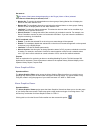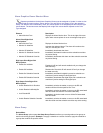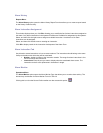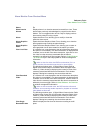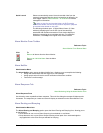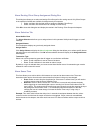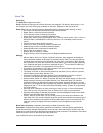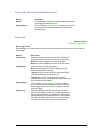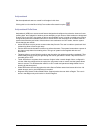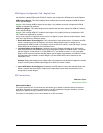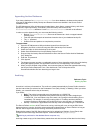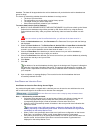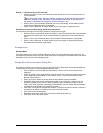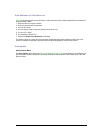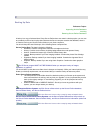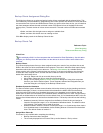
Secure Perfect 6.1.1 User Manual 103
Antipassback
Set the antipassback status to neutral for all badges in this micro.
Clicking this icon from the Micro Utility Form toolbar will access this option:
Antipassback Definitions
Antipassback (APB) is an access control feature designed and configured to reduce the chance of users
‘passing back’ their credential to another person attempting to gain access. When readers are designated
as entry (IN) or exit (OUT), the system is able to record whether a user in inside or outside at any time by
noting the last place their credential was used. If the last time it was used was at an IN reader, then the
system knows that they are inside. If the last time it was used was at an OUT reader, then the system
knows that they are outside.
• Active APB does not let a person re-enter unless they first exit. The user is unable to ‘pass back’ their
credential to allow a friend to gain entry.
• Passive APB records the status but does not enforce the status. The system knows where a person is
but does not stop them from entering twice. This type of system is often applied with time and
attendance.
• Tailgating refers to a user following another user through a door without presenting a credential. They
follow closely enough so they can get through the door or gate before it closes. Only the first user is
recorded as IN or OUT.
• Timed APB refers to a system where users are ‘forgiven’ after a certain length of time, configured in
minutes. After the configured time is expired, the user status is set to ‘neutral’ and the system allows
them to re-enter. This eliminates the need for an OUT reader and prevents a badge holder from re-
entering for that time period.
• Global APB tracks the user throughout the entire Secure Perfect network and across all micros. No
matter where a user is, their APB status is recorded.
• Regional APB (Secure Perfect Global Edition Systems) tracks the user within a Region. The user is
active in that Region only and inactive in all other Regions.



